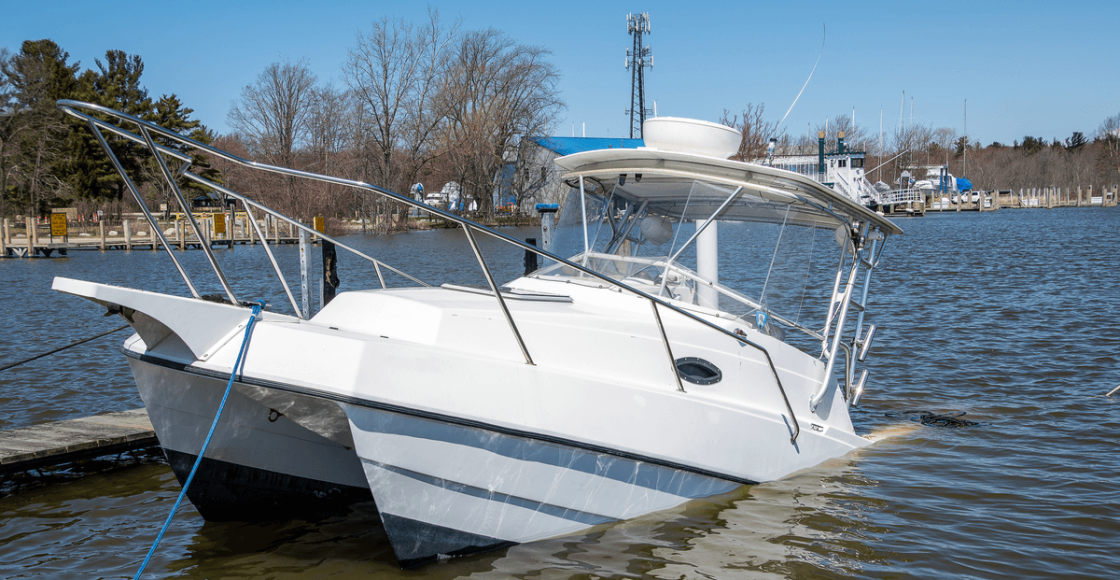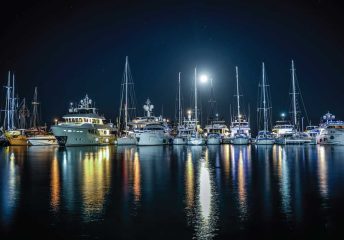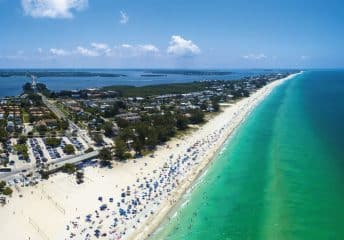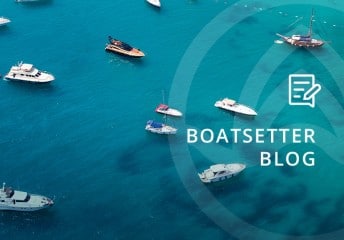7 Common Boating Fails, and How to Avoid Them
Last Updated on August 17, 2023 by Boatsetter Team
Boating is fun, but it does have a learning curve. Like any activity, boating has jargon (see 50 Nautical, Sailing & Boat Terms for Beginners), rules, and customs, and it requires some basic seamanship skills, all of which you’ll pick up with experience.
The first step in understanding the basics of ownership and operating generally starts with the completion of an online boating course required by your state. We also recommend taking the next step in boating education with a course through the U.S. Coast Guard Auxiliary or the U.S. Power Squadron. Better to learn the ropes in an educational setting than to learn by your own mistakes when you’re out on the water.
Over the years, we’ve observed inexperienced boat owners make the same “epic” boating fails—over and over again. Here’s a list of some of those common mistakes and “oops” moments, and how to avoid them in the future:
- Forgetting the drain plug.
- Starting your boat’s engine without water.
- Attempting to start the engine when the throttle is not in neutral.
- Running out of gas on the water.
- Ignoring, or not adhering to, posted No Wake Zones.
- Improperly trimming your boat.
- Dealing with common boat trailer issues.
Own a Boat? Learn How to Offset the Cost of Ownership by Listing on Boatsetter
1. Forgetting the Drain Plug
Almost every boat or personal watercraft (PWC) has a drain plug located at the lowest point of the center of the transom (the back of the boat). The boat needs to be out of the water, on its trailer or a rack, to reach the plug.
- You might remove the plug if a lot of water collects inside the boat during a heavy rain, for example.
- You might remove the plug for off-season storage so any water that might collect in the boat can drain.
- In some locations, you are required to remove the plug after loading the boat back on the trailer at a launch ramp to prevent the spread of invasive species.
But, if you forget to replace the plug before your next launch, well you’ve got a hole in your boat! And the boat is filling with water.
Come up with a way to remind yourself to replace the plug. Zip tie the plug to the steering wheel if you are storing the boat for the winter. Clip it to your boat key during the season. Put it someplace where you can’t miss it.
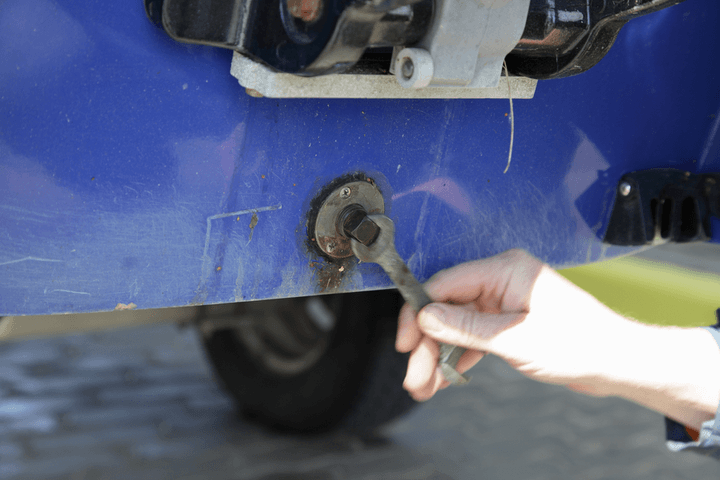
2. Starting the Engine Without Water
The rubber water pump impeller in almost any marine engine is lubricated by the water that flows through it. If you start the engine out of the water, the rubber vanes of the impeller have no lubrication, and can be destroyed—literally melted—in just 30 seconds.
If you are not aware that the impeller is ruined, your next problem will be an over-heated engine. We see boat owners starting the engine before backing the trailer down the launch ramp “to make sure it’s going to start.”
Never start an outboard or sterndrive engine without making sure the water intakes on the gearcase are submerged.
3. Attempting to Start the Engine When You Are Not in Neutral
You turn the key to start your boat engine, and nothing happens… Dead battery? Can’t be, because the audio system is working, lights are on, bilge blower is blowing.
Solution? Check your throttle control. As a safety feature the engine starter will not crank unless the control is in the neutral position. This happens a lot when launching the boat if you turned off the key with the boat in gear the last time you loaded the trailer.
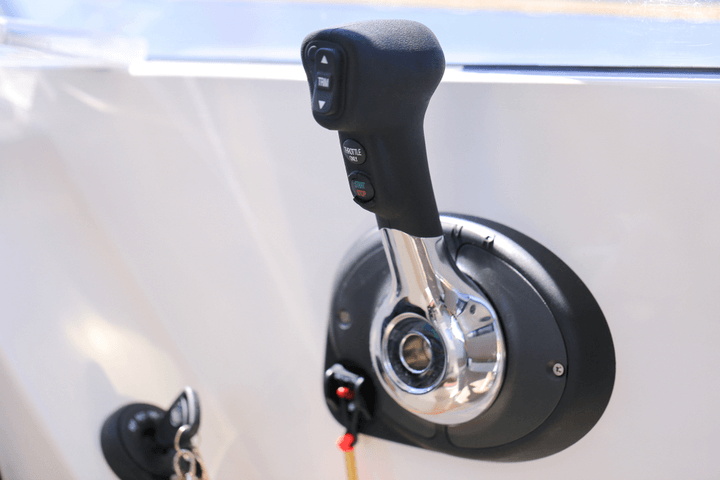
4. Running Out of Gas
Never trust the fuel gauge on a boat. They are notoriously inaccurate.
When possible, start your day on the water with a full tank of fuel, and use the rule of thirds:
- One-third of your fuel capacity is for getting to your destination;
- Another third is for getting home;
- And the final third is your reserve.
When you get down to that last third, start looking for a gas dock.
5. Ignoring, or Not Adhering to, Posted No Wake Zones
The rule for a no wake zone is that you travel at the slowest possible speed that still allows you to control the boat, usually no more than 5 MPH.
Just “slowing down” does not cut it, and in fact a boat that’s running at speed but not on plane is probably throwing the biggest wake possible. This can earn you a ticket and the enmity of everyone on shore or fishing outside the channel.
Many no wake zones are in place to prevent shoreline erosion or damage to docks and moored boats. Plowing through a no wake zone is like speeding your car through a school zone. You are an instant jerk, and will certainly get some dirty looks from other boaters and local property owners.
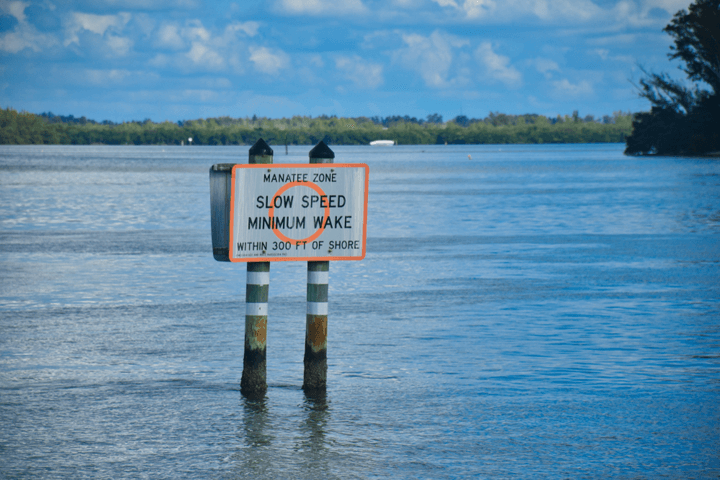
6. Improperly Trimming Your Boat
Learning to trim an outboard or sterndrive is such a challenge for some boat owners that engine builders Mercury, Yamaha, and Volvo Penta have invented automatic trim systems as an option for new boats. If you don’t have auto trim, learn the basic concept.
- Trim all the way down to get the boat on plane, then trim the drive out for ideal speed and efficiency.
- And when you come off plane again, get in the habit of immediately trimming the drive or outboard back down.
You can spot a beginning captain who forgets this detail by the way their boat is struggling to get back on plane, its bow pointed high in the sky, engine howling as it labors to lift the boat. Oops.
7. Dealing with Trailer Trouble
It’s a common sight in spring, a forlorn boat on its trailer abandoned on the side of the road and resting cockeyed on a flat tire. This situation could involve several fails:
- Low air pressure causes the tire to overheat at highway speeds, and it delaminates and literally comes apart. A flat tire on a trailer can be dangerous! Tires will naturally lose a pound or two of pressure each month, so at the end of a long off-season your tire pressure could be really low. Which is why we see so many flats in the spring – the owner did not remember to pump up those tires.
- Do you have a spare tire for your trailer? No? So now you’ve unhitched your boat and trailer and left it on the shoulder while you drive off to buy a spare.
- You have a spare! It came on your trailer. But do you have a jack that will fit under the trailer so you can change the tire and a wrench to remove the lug nuts? If not the spare is not going to do you much good. Unless your roadside assistance coverage includes your boat trailer.
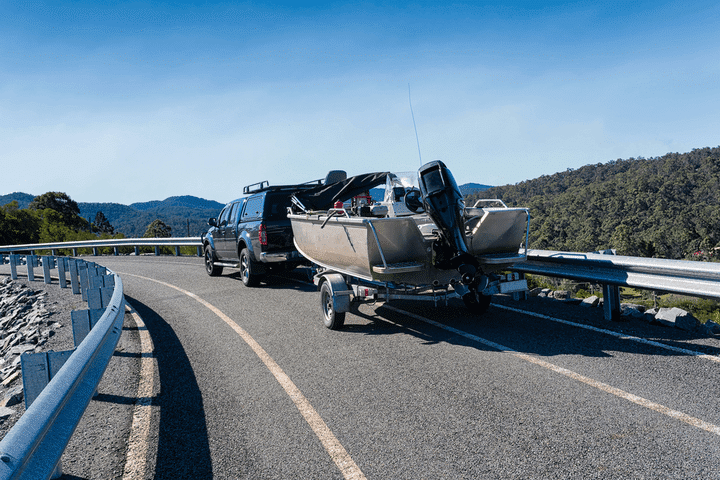
Each of these scenarios are frustrating in their own right, but luckily, each are easily preventable with just a little advanced preparation. For smooth sailing throughout the year—and particularly throughout the peak summer season—boat owners should always follow a Spring Pre-Season Checklist.
If you do find yourself in the middle of one of these “Uh-Oh” moments, and you are operating a Boatsetter rental, be sure to contact the GEICO/BoatUS team, who can assistance you in a variety of both on-water and off-water situations that are covered within the Boatsetter Peer-to-Peer Insurance Rental Policy.
Own a Boat? List it on Boatsetter to Earn an Average of $20,000 a Year. Get Started & List Now.

Charles Plueddeman is a self-employed writer and photographer based in Wisconsin. A staff editor and contributor to Boating Magazine since 1986, he is the author of its “Off My Dock” column. In the marine realm he specializes in engine technology and trailerable boats. His editorial work has appeared in many national publications, including Popular Mechanics, Men’s Journal, Playboy, Popular Science, Cycle World, and Harley-Davidson Enthuisast.
